Teaching music is more than notes and rhythms — it's about visualizing sound, encouraging creativity, and fostering musical understanding. That’s why more and more music educators are turning to music whiteboards as essential tools in their classrooms. These boards aren’t just whiteboards with staves — they’re dynamic teaching aids that help students see, hear, and interact with music like never before.
In this blog, we explore the many reasons music teachers love music whiteboards, and how they’re transforming music education.
🎼 1. Make Music Visual
Music can be abstract, especially for beginners. Music whiteboards bring clarity by visually displaying musical concepts such as:
-
Notes and rests
-
Key signatures
-
Chord progressions
-
Rhythm patterns
-
Dynamics and articulation
Having pre-printed staves right on the board saves time and keeps lessons focused. Teachers can draw, erase, and edit instantly — creating a more fluid and engaging classroom experience.
✍️ 2. Interactive Learning at Its Best
Music whiteboards encourage student participation. Whether it's composing on the spot, correcting a classmate’s rhythm, or creating a group melody, students become active contributors.
Teachers often use them to:
-
Compose short melodies in real time
-
Let students write their own musical phrases
-
Demonstrate intervals and scales
-
Practice dictation and ear training
This hands-on interaction reinforces learning and keeps students engaged — especially in group settings.
🕒 3. Save Time and Stay Organized
Traditional music notation on standard whiteboards can be tedious and imprecise. Music whiteboards streamline the process by eliminating the need to draw staves again and again.
Benefits include:
-
Ready-to-use notation lines
-
Easy erasing and rewriting during rapid instruction
-
Cleaner presentations with less visual clutter
-
A more professional appearance for classroom visuals
This efficiency means more time for instruction, performance, and practice.
🎹 4. Perfect for Group Instruction
Whether in a classroom, rehearsal hall, or private studio, music whiteboards are ideal for group instruction. Everyone can see the notes clearly, follow along with the teacher, and contribute their ideas.
It’s especially effective for:
-
Music theory and sight-reading classes
-
Band, choir, or orchestra warm-ups
-
Teaching solfège and rhythm drills
-
Ear training and call-and-response exercises
Group learning becomes a collaborative, creative experience.
🧽 5. Reusable and Eco-Friendly
Unlike paper notation sheets, music whiteboards are reusable and better for the environment. Teachers don’t have to rely on endless printouts — they simply wipe and write again.
This is not only more sustainable but also more cost-effective in the long term.
🎶 6. Great for Creative Expression
Music whiteboards unlock creativity. Teachers and students can improvise, compose, and experiment with new musical ideas quickly and without pressure. Mistakes are easily erased, and ideas can evolve on the fly.
It’s an excellent tool for:
-
Composition projects
-
Improvisation exercises
-
Songwriting prompts
-
Collaborative creativity between students
🎓 Conclusion: A Teacher’s Favorite Tool
Music whiteboards are more than just classroom accessories — they’re creative engines that help teachers deliver better lessons and inspire deeper learning. Whether you're a classroom music teacher, private instructor, or choir director, a music whiteboard is a must-have tool that brings clarity, collaboration, and creativity to every session.
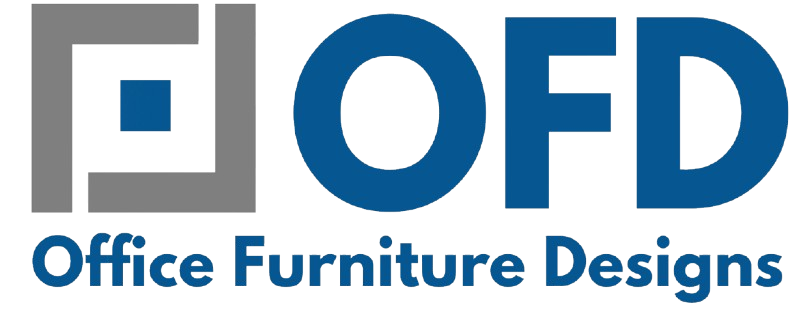
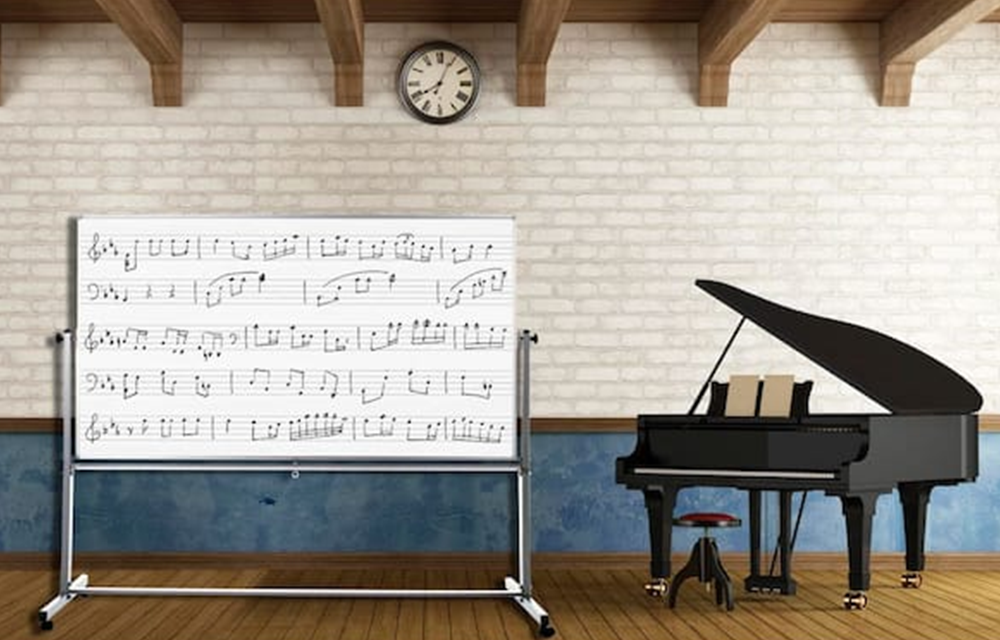
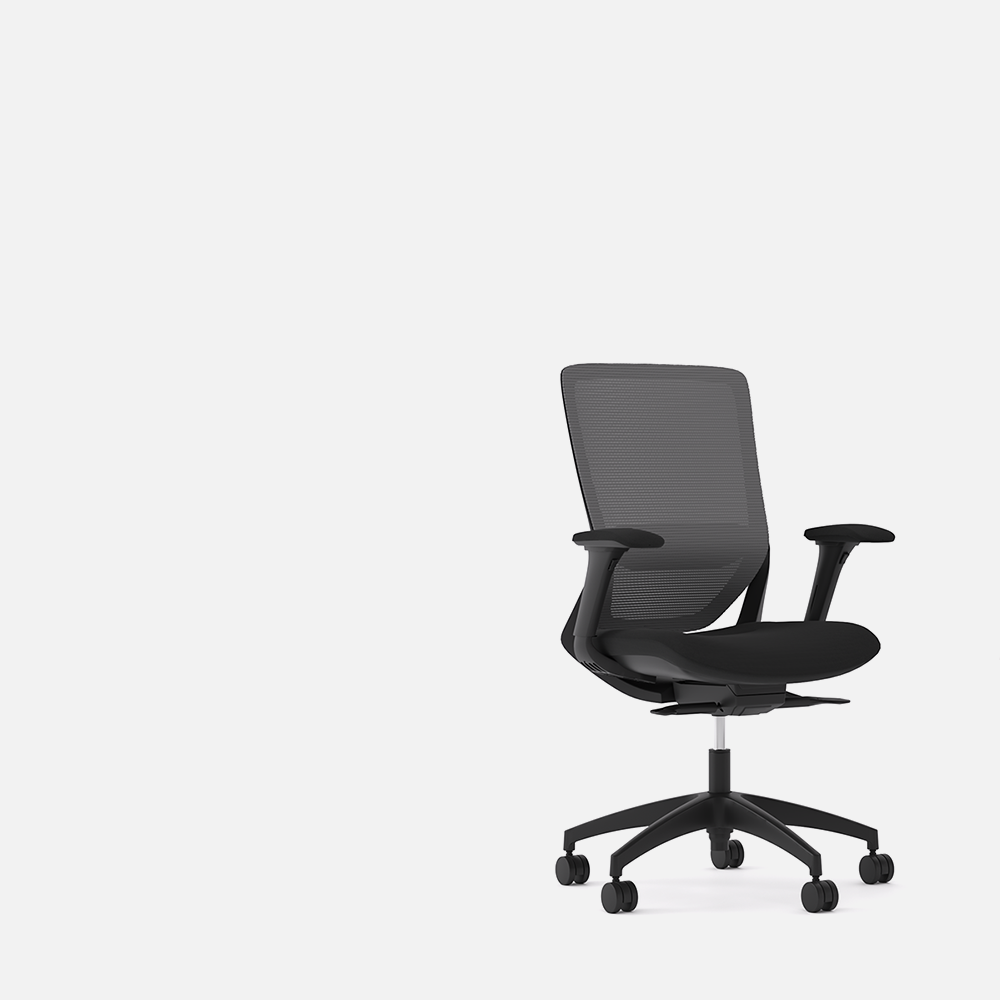
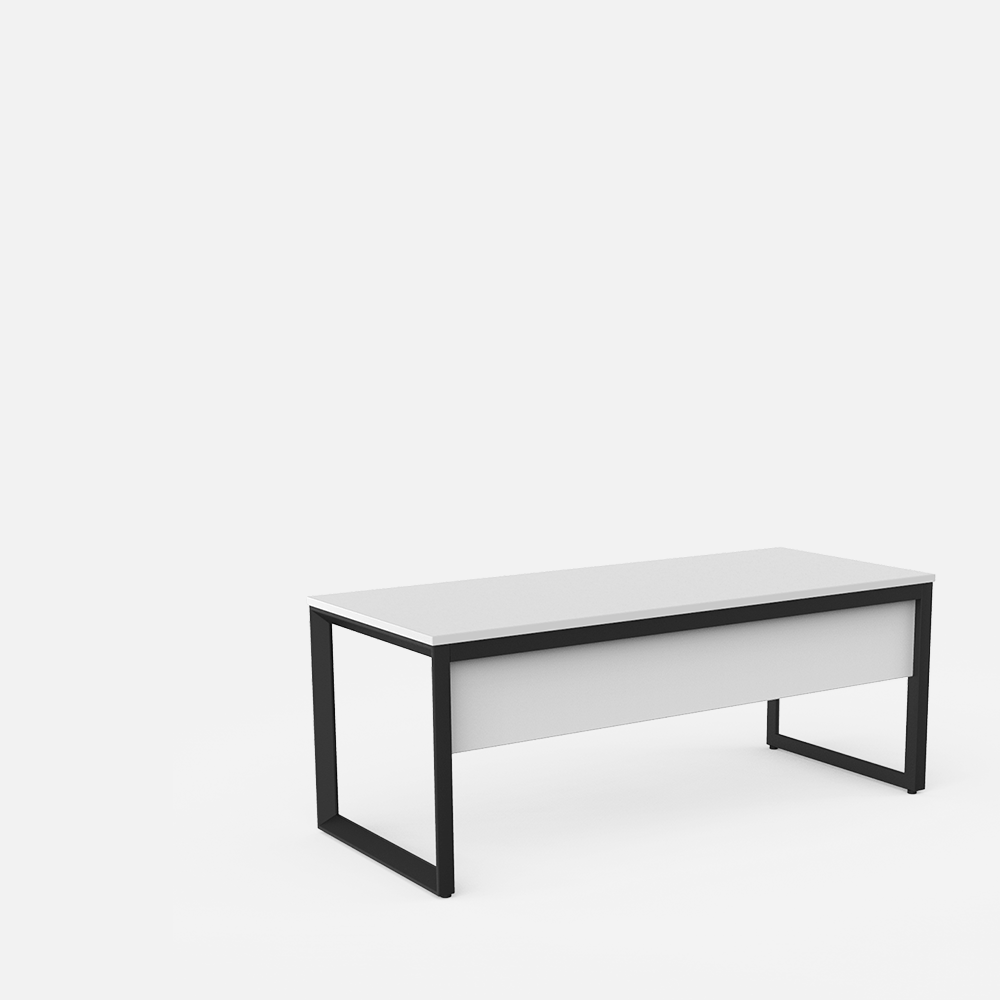
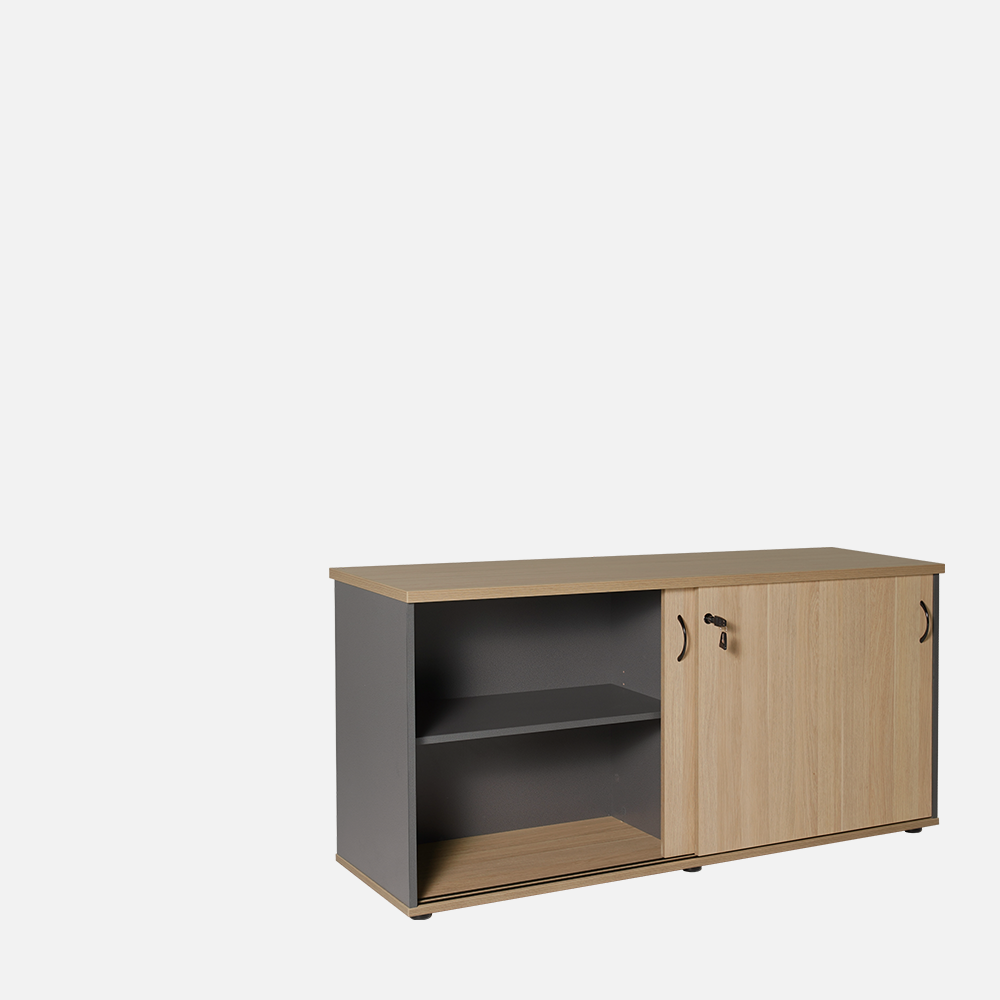
Leave a comment
This site is protected by hCaptcha and the hCaptcha Privacy Policy and Terms of Service apply.